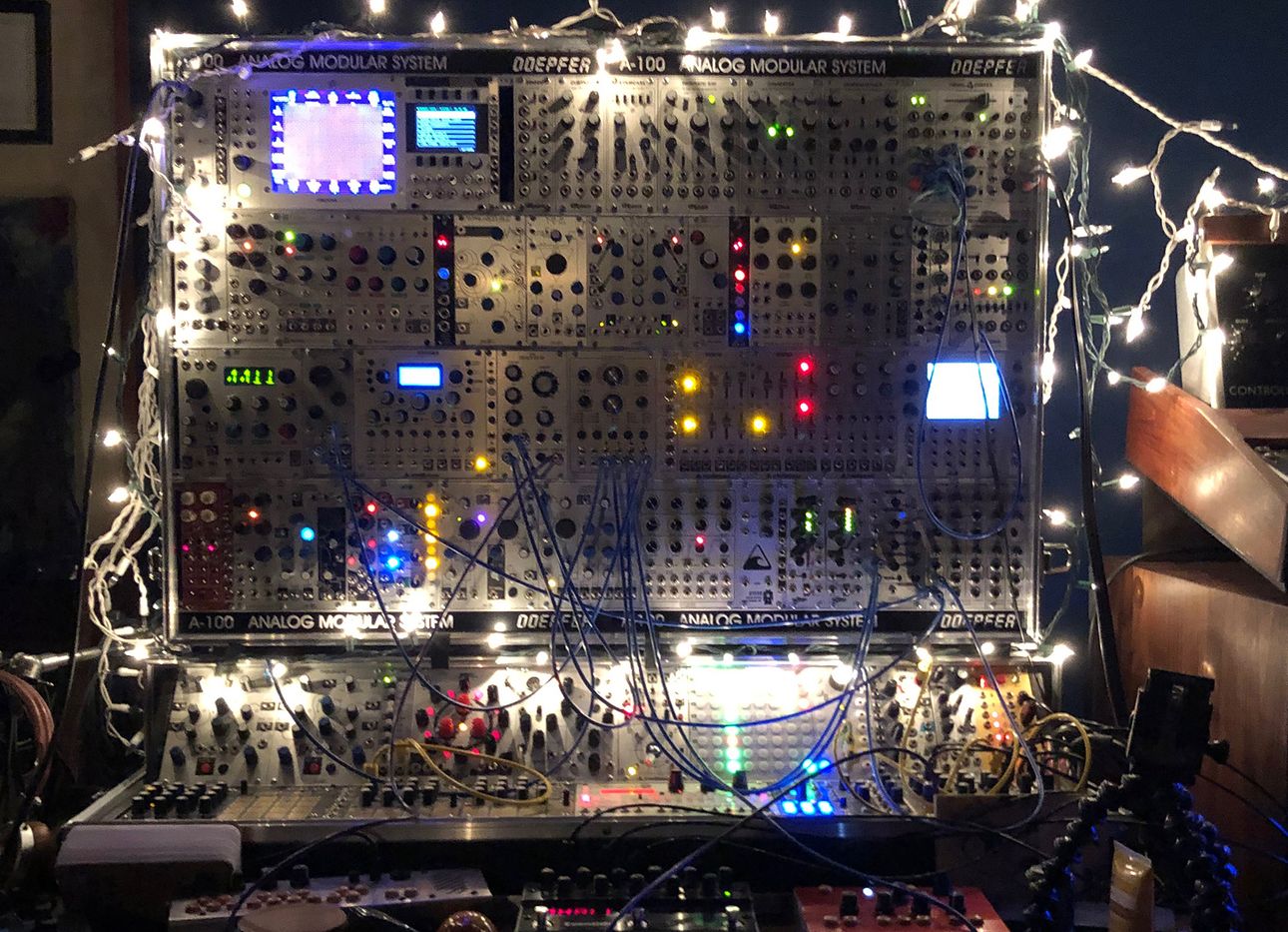
MIDI 2.0 Expands the Digital Music-Making Toolbox
If you’ve ever listened to a song with synths, drum machines, or other digital instrumentation—which is to say, most any genre of music produced since the ’80s, aside from classical or acoustic—you’ve likely heard the powers of MIDI, short for “musical instrument digital interface,” at play. First introduced in 1983, MIDI revolutionized the recording industry by allowing musicians and producers to input a range of hardware and digital instruments for further mixing, programming, and adjusting on a computer. Retro as that may sound in today’s tech-driven landscape—in which nearly every bedroom musician has access to GarageBand on their laptop—MIDI is the industry-standard protocol that converts digital information into audio. Despite its age, creatives have continually found ways to innovate with MIDI, and the sandbox just got much more interesting: A few weeks ago, MIDI received its first major update with the rollout of MIDI 2.0. Chief among the updates is a two-way control system, and a much higher resolution of sound, allowing for deeper textures, tonalities, and ranges—something many producers say will open up a host of music-making possibilities we can’t yet fathom.